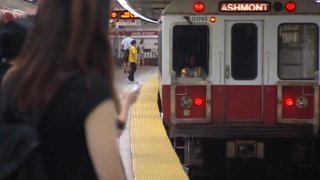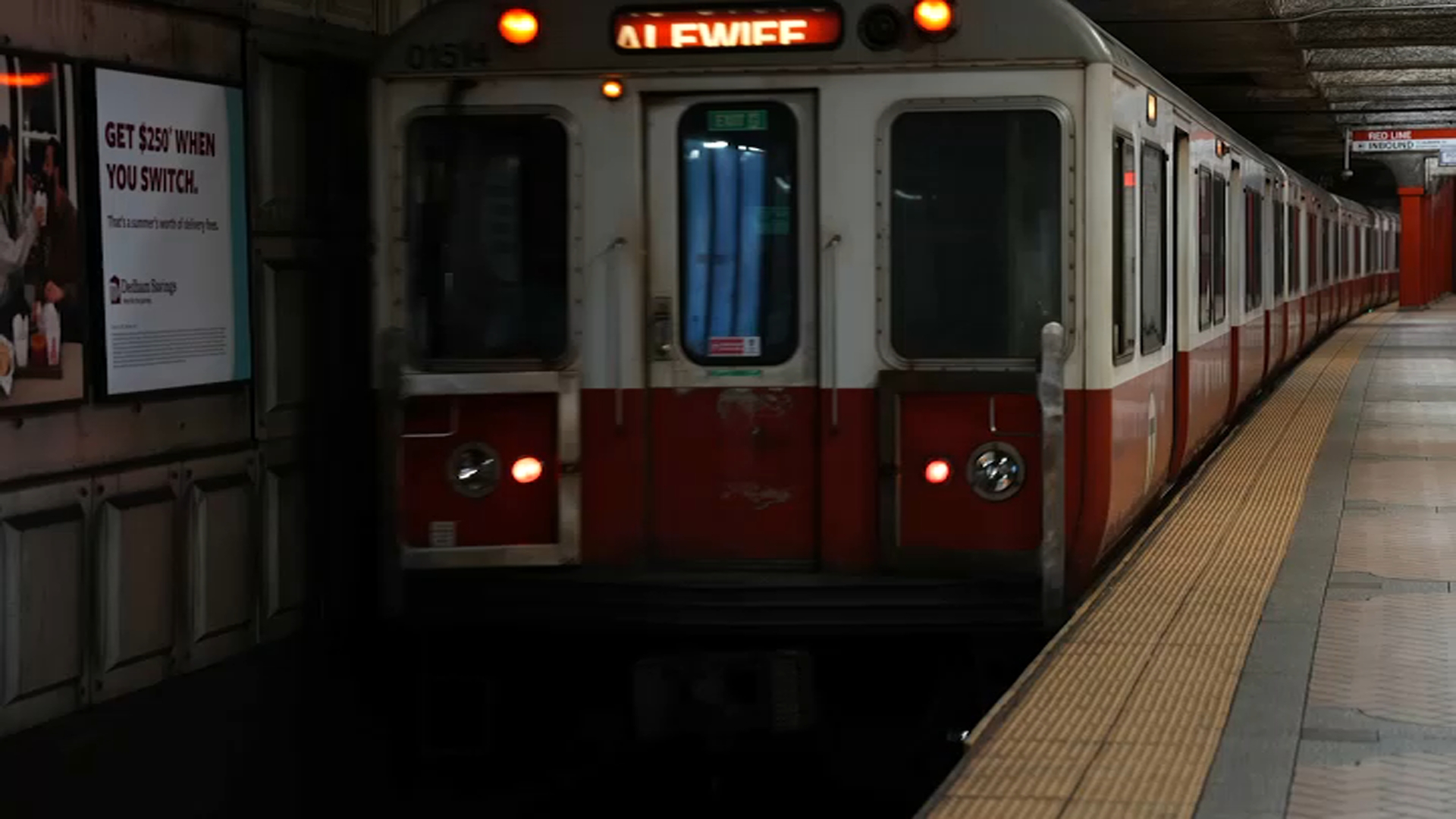
The overdose-reversal drug naloxone will be available to the public at five stations along the MBTA's Red Line in the coming weeks as the agency is one of six transit systems participating in a White House initiative to combat opioid overdoses.
Three freestanding and unalarmed cabinets each containing two doses of naloxone (or Narcan) will be available at six Red Line stops: Quincy Center, Ashmont, Andrew, South Station and Harvard.
There will also be signage in English, Spanish and Chinese on how to recognize an opioid overdose, how to administer Narcan, and how to contact emergency assistance.
The T said the cabinets will be installed in unpaid and paid lobby areas, and near or inside station restrooms.
"It's clear that Narcan saves lives, and we are proud to lead the way as one of the six transit entities that have joined the White House's 'The Challenge to Save Lives from Overdose' initiative," said MBTA General Manager Phil Eng. "Given the role our stations play in the communities with the thousands that traverse them, it makes them ideal pilot locations to include as part of this project."
Sen. John Keenan of Quincy said the idea originated with students from Harvard College's Overdose Prevention and Education Students.
"This news is exciting on so many levels. First, making Naloxone available will save lives. We are also reducing the stigma associated with helping a person who uses drugs. And we are encouraging public participation in government by highlighting a case where community members saw a need and took action," Keenan said.
People who do not have medical training can use naloxone that's injectable or comes as a nasal spray, according to the Centers for Disease Control and Prevention. Having naloxone on hand as a safeguard is the same concept of carrying an EpiPen around in case of allergic reactions, the CDC said.
The T said the five-station pilot is funded with $95,000 in earmarked funds as part of the fiscal 2024 budget, connected to the Department of Public Health's statewide strategy of promoting harm reduction efforts and community-based harm reduction services.
The remaining Red Line stations will be evaluated for installation at the end of the pilot phase.



